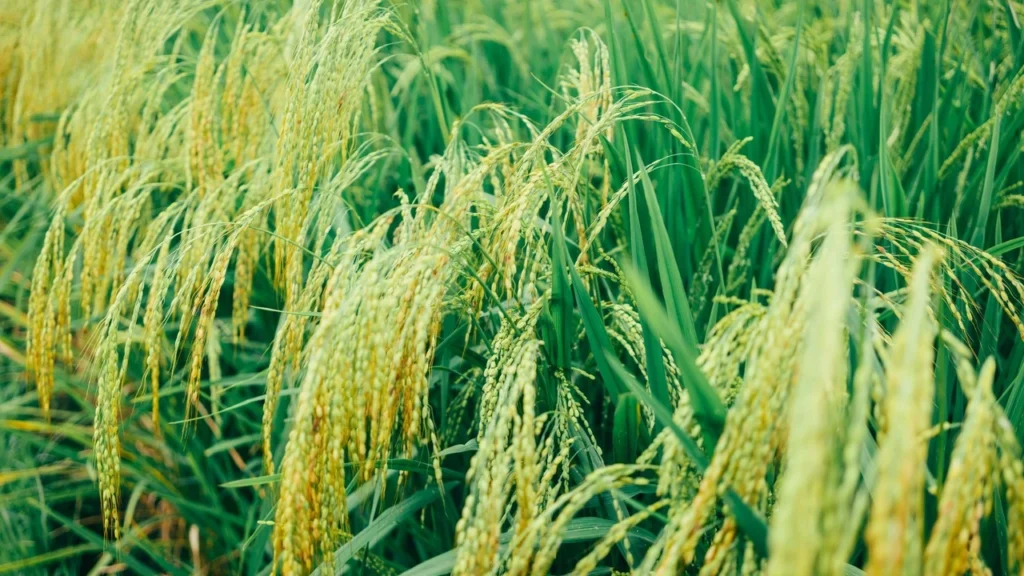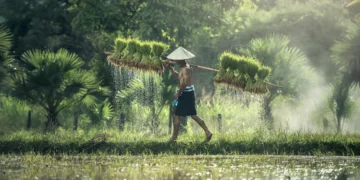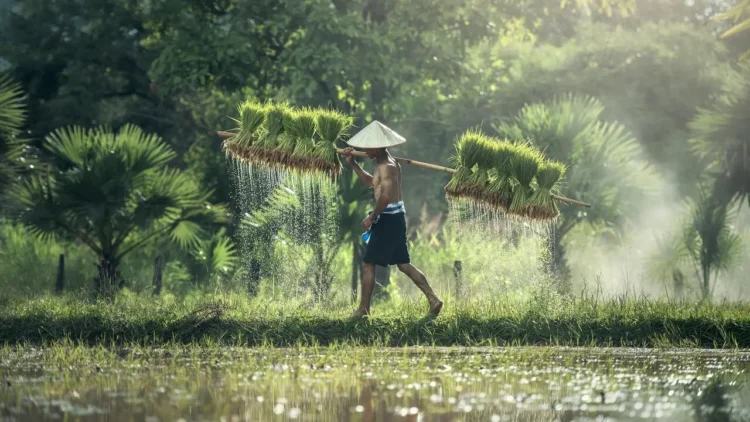Direct Seeding of Rice (DSR) represents a transformative technique in rice cultivation, transferring far away from conventional transplanting techniques. By sowing seeds directly into the sector, DSR gives numerous advantages, which include decreased labour, water conservation, and value-effectiveness. This article explores the improvements, blessings, and demanding situations related to the Direct Seeding of Rice, shedding light on its ability to revolutionize rice farming.
Innovations in Direct Seeding of Rice

Read also: Nicholas Pooran’s Stellar Knock Leads West Indies to Victory Over Afghanistan in T20 World Cup
The exercise of Direct Seeding of Rice includes numerous modern strategies and technologies aimed at optimizing the process:
- Seed Priming: Enhancing seed vigour through remedies like soaking or coating seeds with nutrients and growth promoters, leading to higher germination and establishment.
- Precision Seeding: Using advanced machinery and GPS generation to make sure correct seed placement and spacing, enhancing crop uniformity and yield ability.
- Herbicide-Resistant Varieties: Developing rice types that are proof against precise herbicides, facilitating effective weed management without negative the crop.
- Drones and Aerial Seeding: Employing drones for even seed distribution over large fields, decreasing hard work necessities and increasing performance.
Benefits of Direct Seeding of Rice
Adopting Direct Seeding of Rice offers numerous significant blessings:
- Water Conservation: DSR reduces water usage by way of eliminating the need for flooded fields all through seedling establishment. This is mainly essential in water-scarce areas and enables sustainable water control.
- Labour Savings: Traditional transplanting is labour-extensive, requiring big guide work. DSR reduces labour calls for, addressing the hard work shortages faced by many rice-growing regions.
Direct Seeding of Rice (DSR) holds first-rate promise for modernizing rice cultivation by supplying vast benefits in terms of water conservation, exerting financial savings, and being cost-effective. However, successful implementation of DSR requires addressing demanding situations related to weed control, soil fitness, pest control, and climate variability. With persistent research and the development of modern practices and technologies, DSR has the potential to grow to be a cornerstone of sustainable rice farming, contributing to meal protection and environmental conservation.
As the agricultural area adapts to changing conditions and resource constraints, Direct Seeding of Rice sticks out as a possible and modern approach, paving the manner for a greater efficient and resilient rice manufacturing machine.
To get more out of our exclusive news, Join us on our WhatsApp Channel, Facebook, X, and Instagram.















